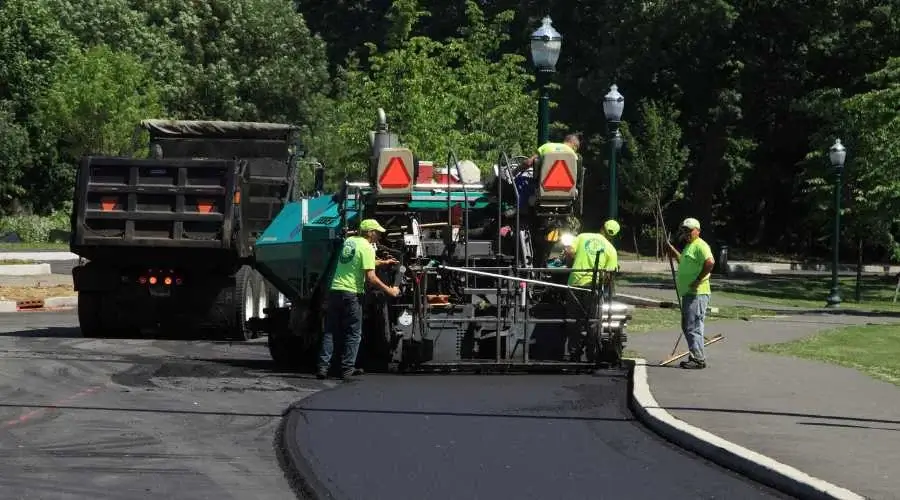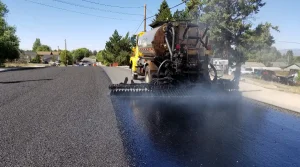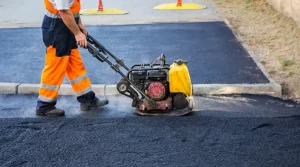There are many things about asphalt that you probably don’t know, such as the fact that asphalt plants often don’t produce any wastewater. Sure, it’s the stuff that covers your driveway, the roads you use, and all the parking lots of your neighborhood stores. Here are a few more interesting details about the substance that our asphalt driveway paving firm is so accustomed to:
1. The most recycled substance in America is asphalt. Asphalt is recycled in the asphalt business at a rate of 99%, claims the National Asphalt Pavement Association.
2. As opposed to motorways with noise walls, those with asphalt pavement can reduce noise levels by 3-5 dB. Additionally, a car will use less fuel the more smoothly the pavement is.
3. An example of a petroleum product is asphalt, which can be found in natural deposits or as a refined product.
4. Recycling asphalt can also aid in the recycling of other items. Things like metal casting, old tires, and roofing shingles are recycled along with asphalt.
5. Bitumen is an alternate name for asphalt. Additionally, it goes by the names “macadam,” “blacktop,” or “tarmac.”
6. John McAdam, a Scottish man, developed the use of tar mixed with sand and stone to create a durable road surface in the early 1800s. Additionally, it is because of him that asphalt is occasionally referred to as “macadam.”
7. In the early 1990s, the production of asphalt cost the industry billions of dollars, and the number of pollutants was rather large. But today, we’ve figured out a technique to make making asphalt far more affordable and environmentally friendly.
8. During the first 75% of an asphalt surface’s life, the average asphalt surface only loses 40% of its condition. As a result, maintain your asphalt throughout the years, it will serve you well for a very long time.
9. In the United States, there are around 2.3 million miles of paved roads, and more than 90% of them are asphalt-paved.
10. Indigenous people in the 13th century used asphalt for the first time, claims Wikipedia. For construction implements and ceremonial objects, they utilized it as an adhesive.







